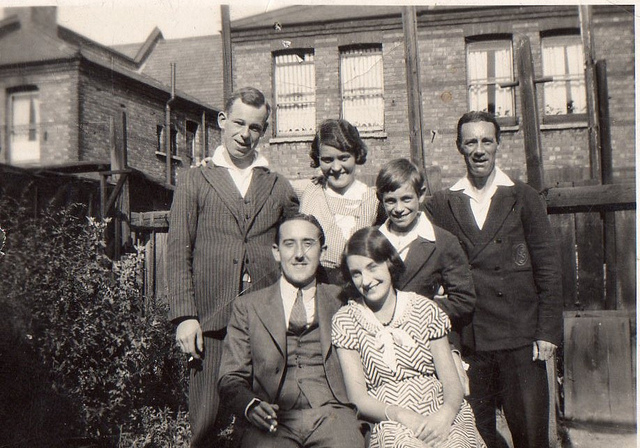If you’ve ever wanted to track your family history, you’ve likely been overwhelmed by the number of resources available to you. A quick Google search presents an overwhelming number of websites that offer the ability to trace your lineage. How do you even figure out where to start?
Gathering Identifying Information
Before you start digging around on the internet, start by digging through your own home. What documents do you have that provide identifying information about your relatives? The most important documents to have when tracking your family tree are birth, marriage and death certificates and census returns. More personal items, such as photos and family heirlooms, may also provide clues into your family history. This information will provide the foundation for the rest of your research.
Don’t have these documents on hand? Try to find out as much information about your family history from your living family members as you can by way of interview. About.com has a great list of interview questions to guide your conversations with relatives, such as:
- Who was the oldest relative you remember as a child? What do you remember about them?
- What do you know about your family surname?
- Is there a naming tradition in your family, such as always giving the firstborn son the name of his paternal grandfather?
- What stories have come down to you about your parents? Grandparents? More distant ancestors?
- Are there any stories about famous or infamous relatives in your family?
Taking what you know about your current family and what you’ve learned about your ancestors through identifying documents and interviews, you can start entering information into your family tree. You can find family tree charts available online, for free or included with a paid membership to a genealogy website.
Narrow Down Your Focus
You likely have a few options to choose from about which branch of your family you will research. To make your research more focused, choose one (whether it is just one part of your family or even just a single person) to research. Sticking with just one individual or family branch will help keep you on track and not get distracted or confused by details of other family members.
Where to Research
Once you’ve determined whom your research will center around, it’s time to start learning! We recommend beginners start by using the following resources to help you learn more about your family:
Trace your relatives through Census data – you’ll find information like names, place of birth and occupation (just to name a few).
2. Search Death Records
Because death records are the most recent records for your ancestor, they can provide helpful information including names of relatives, location of death burial information. Death records are a great starting point because of the information provided in them.
So how do you find death certificates? While some genealogy databases offer this information, you can find death certificate information online by searching “death certificate” along with the name of the city, county or state that your relative passed away in.
3. Genology Databases
Websites such as Ancestory.com, MyHeritage.com and FamilySearch.org offer records and resources that will help you learn about your family. Both free and paid genealogy databases are available. We recommend spending time researching your options before picking one (or more) databases to use as not all databases offer the same information.
Have you tracked your family tree? What did you learn about your ancestors? Let us know in the comments!

